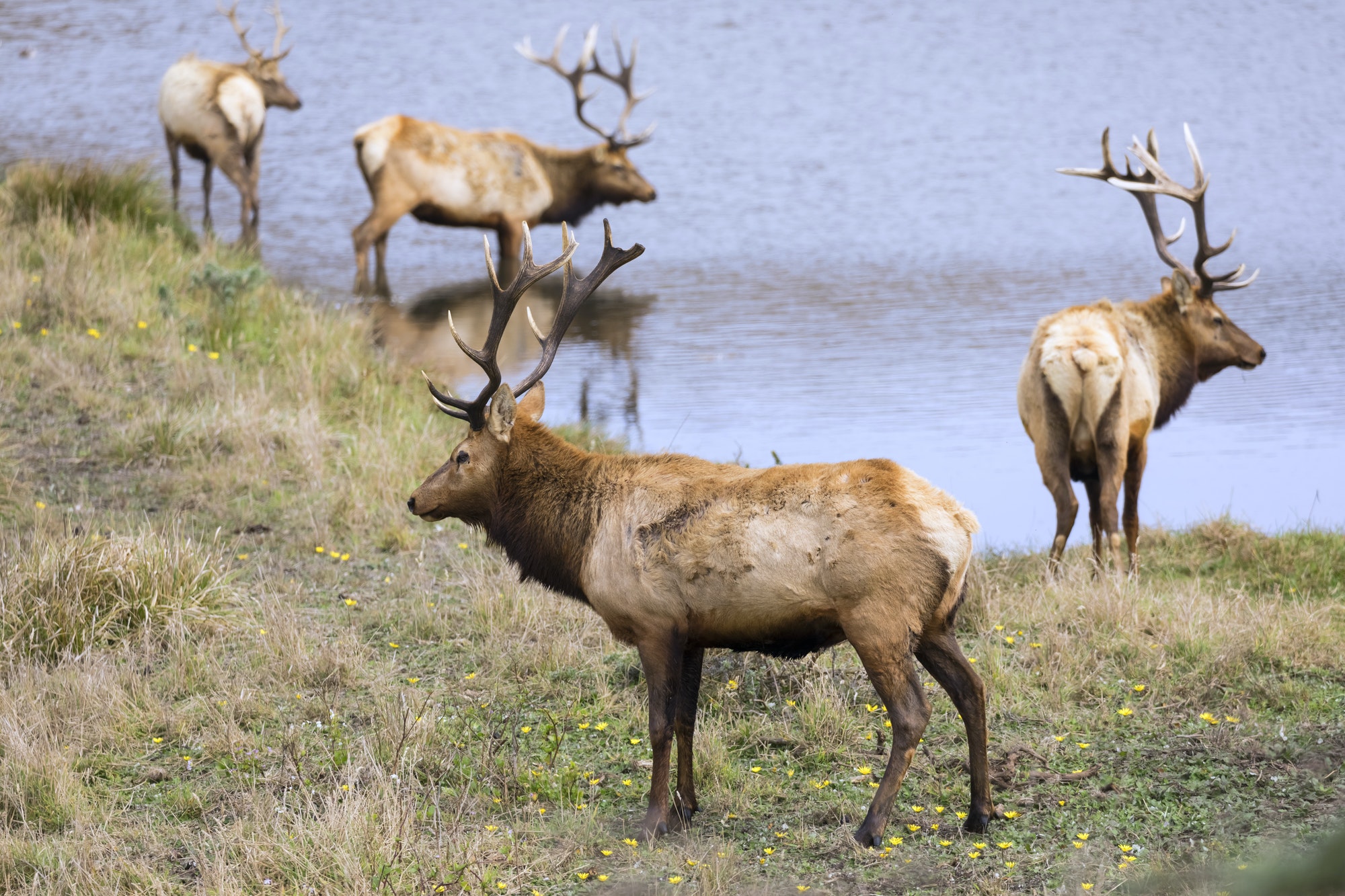Know Your Weapon
One of the simplest ways to complicate your life is to shoot an elk with an untuned or unfamiliar firearm. Making a poor shot straight off the bat raises the risk of losing an animal. In the first instance, ensure you do everything in your ability to get the animal to fall immediately.
Stay focused on the task
After you’ve taken a shot, pay attention to the animal’s body language. Was it hurt, or did it run away from the herd? Is the weather or wind affecting your shot? Did you observe any blood at any point? You can use the answers to these questions to help you decide when and how quickly to start tracking after a shot has been fired.
Be Aware That There Are No Guarantees
Shooting an elk doesn’t imply that it’ll die. An injured elk may not migrate downhill. When faced with a threat, the natural impulse of an elk is to flee. The next step is to go over and across a ridge if necessary. At that point, the animal should be given as much time to rest, collect its breath, and eventually die.
Go Slow
A common theme among hunter safety instructors is the importance of patience. By allowing an animal enough time to expire and following the trail slowly, participants have a much better chance of recovering a missing animal. Is there a specific amount of time following a shot that is “enough”? That’s up to you. The typical waiting period is 30 minutes, but if you’re unsure about your shot or the animal’s body language doesn’t indicate the strike was lethal, you should extend the period as much as possible. If it’s nighttime and there are signs of a belly shot, don’t begin tracking until the next day.
Mark Your Trail
The last spot you see the game as it flees is vital to note after your shot, but it isn’t easy to do so in the spur of the moment. Make a note of the areas you’ve discovered. A widespread practice is to attach a little piece of red marking ribbon to a limb. To assist you in tracking the animal’s general direction of movement, create identical marks every 20 or 30 yards as you trace the blood trail. For example, if it becomes dark or the route thins out, you’ll know where to start again later. Once you’ve located and tagged your animal, make sure to remove the tape trail you left behind.
Conclusion
You may be surprised to learn that many injured big game animals can survive until another hunter identifies them or until they succumb to old age. From beginning to end, elk hunting is a challenging endeavor.

